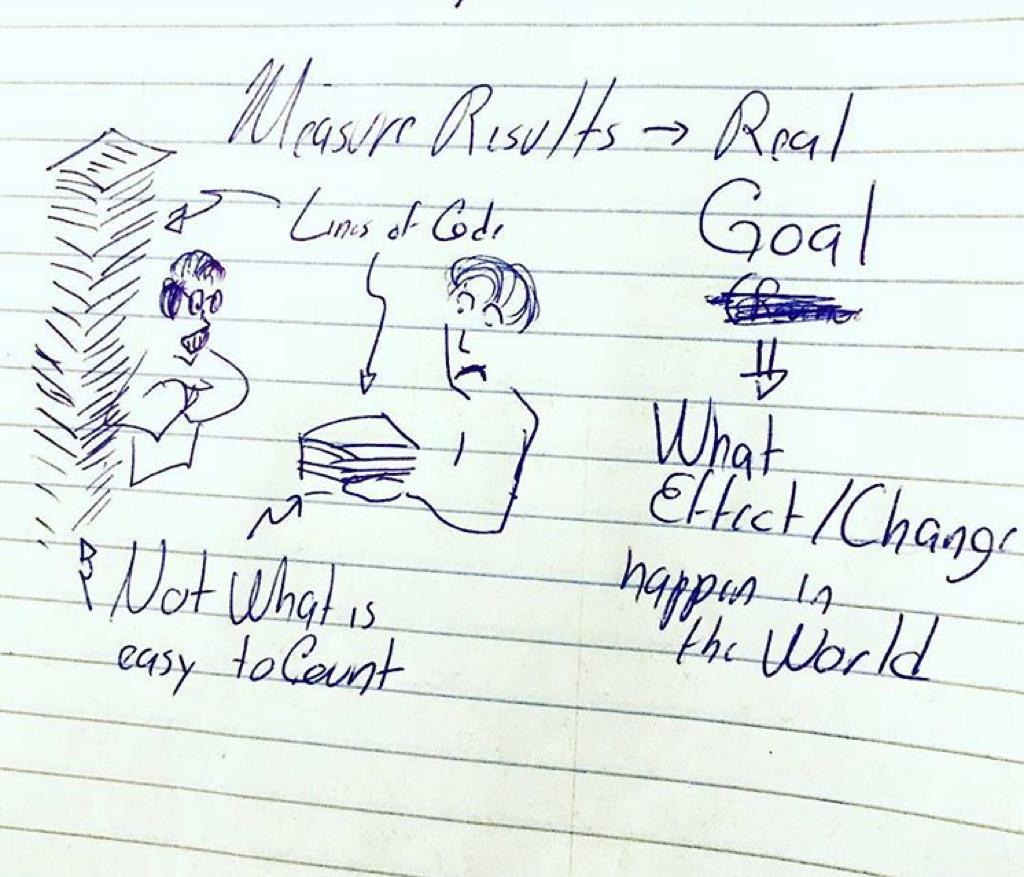My notes on the audio-book How to Measure Anything: Finding the Value of Intangibles in Business 3rd Edition
Lessons learned
A measure is not about exact numbers
The book defines a “measurement” as a reduction of uncertainty based on observations. A good reminder that any measurement has a degree of error, but that does not make them useless.
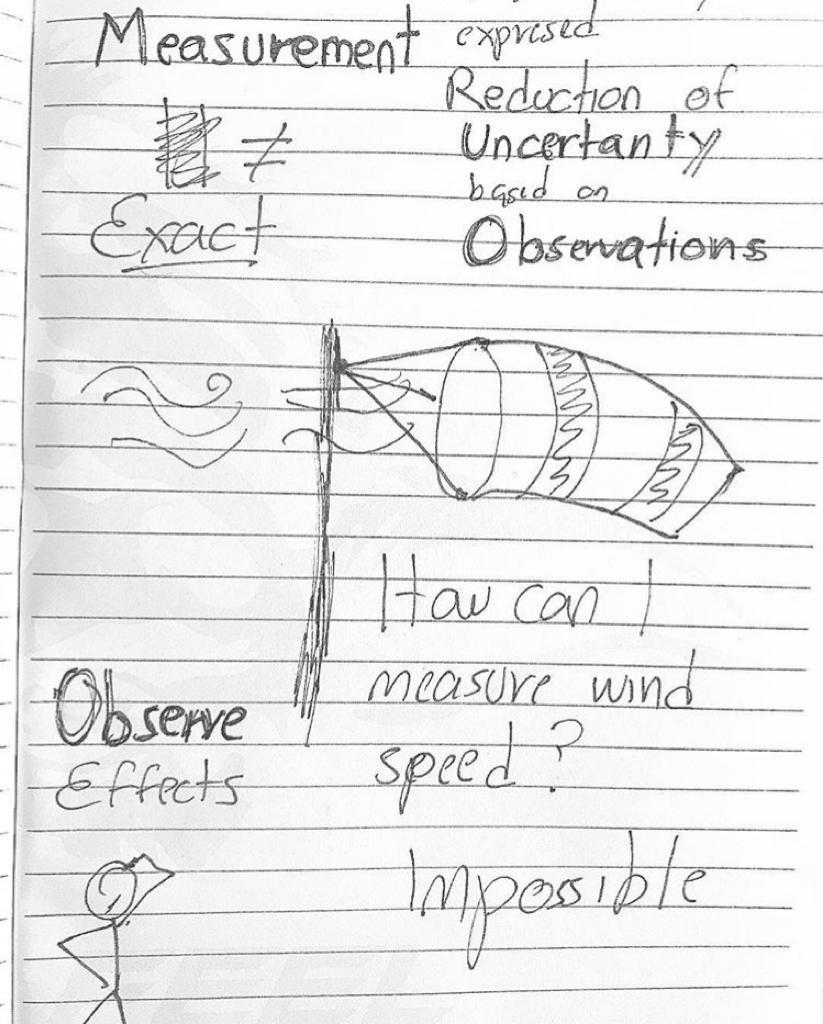
Anything can be measured
Removing “exact numbers” from our mental model of what is a measurement, opens the possibility for alternative ways to reduce uncertainty. The book provides great examples of “impossible” measurements, like measure Earth circumference
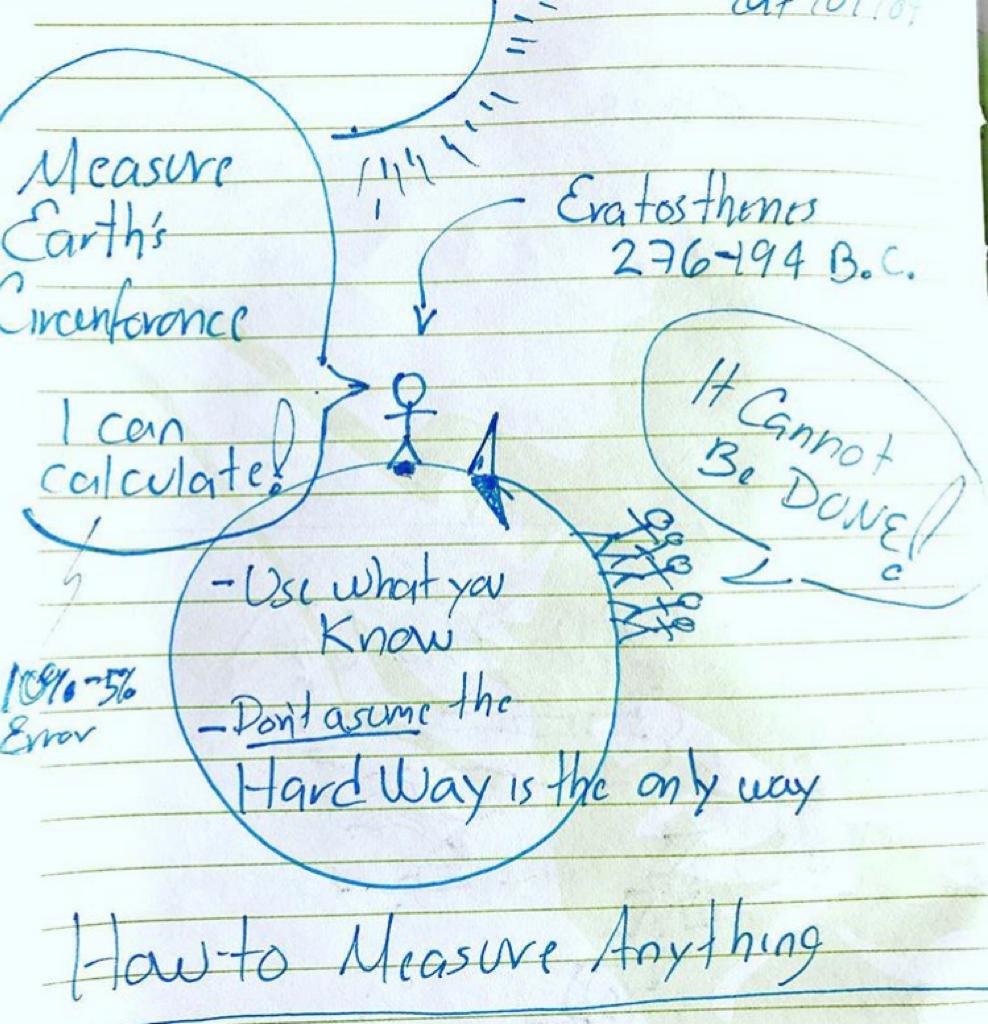
or the number of fish in a lake
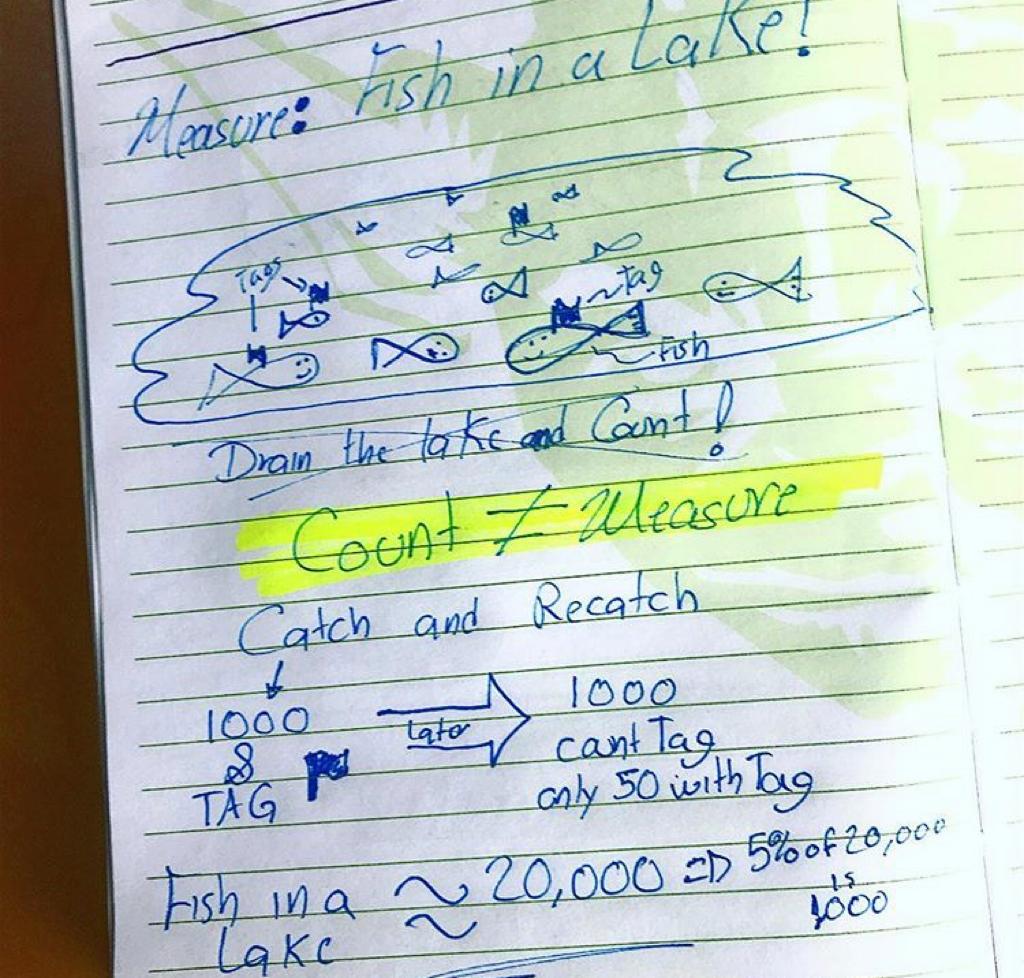
and that you need less data that you think to measure anything (reduce uncertainty)
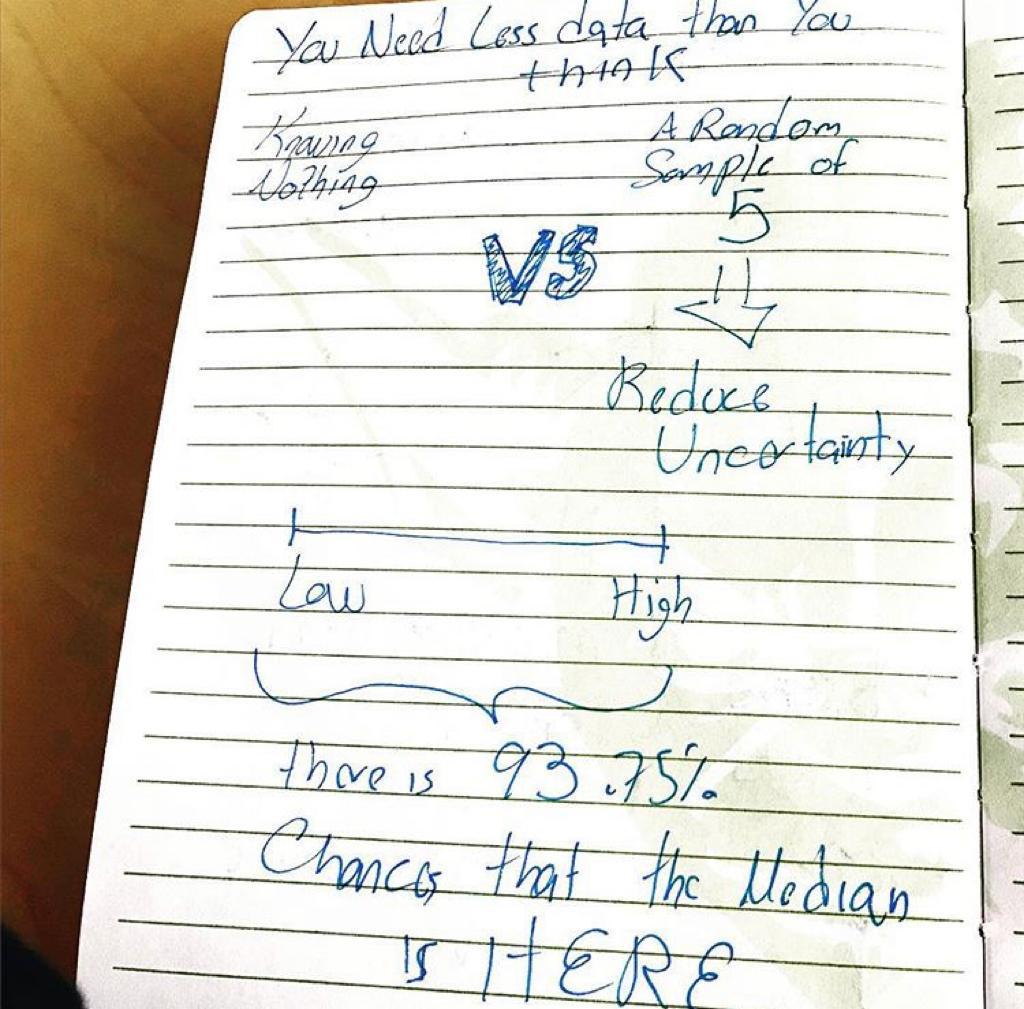
The Rule of Five estimates the median (middle point) of a population. Half of the population is above a certain measure, half is below. There is a 93.75% chance that the median of a population is between the smallest and largest values in any random sample of five from that population. It might seem impossible to be 93.75% certain about anything based on a random sample of just five, but it works.
from: http://nsfconsulting.com.au/rule-of-five-reduce-uncertainty/
Measure the important thing, not what is easy
We should be aware of the problems of measurements, and be vigilant of what we measure, you can get undesired effects if you are not careful
